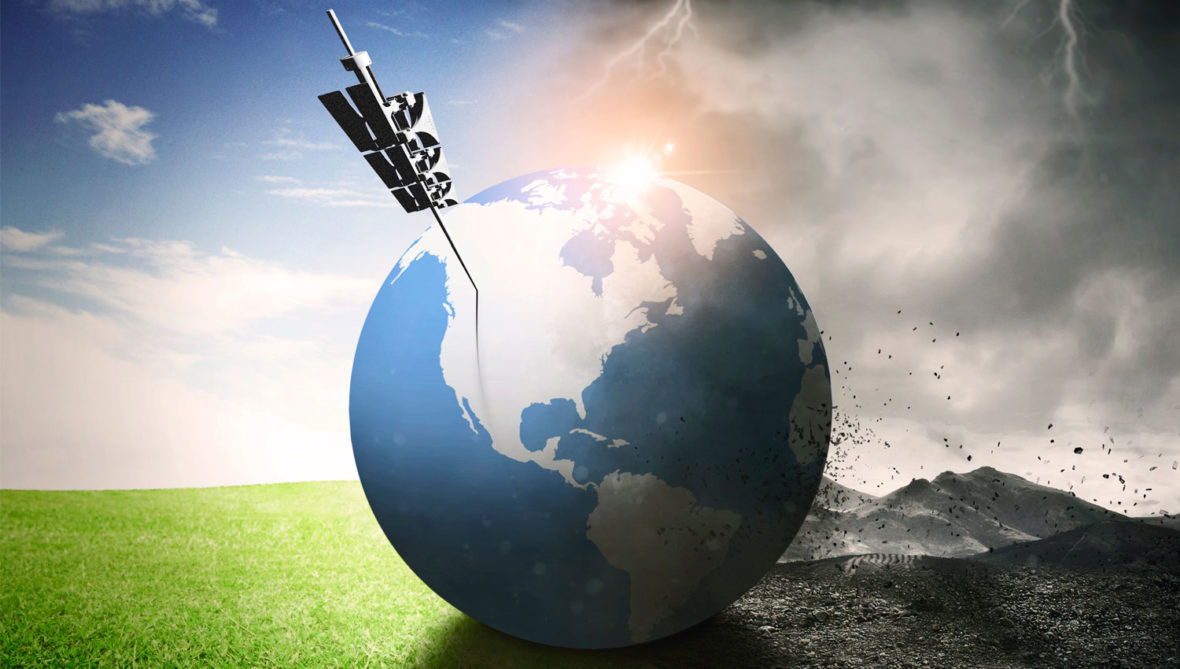
The Crucial Role of Early Warning Systems: A Call to Action for Global Safety
Listen to article:
Sounds good, doesn’t it? In an idealised world, probably no one should need us, but we all know well that we’ve never lived in such a world. And even if we ignore the human impact on our planet and ourselves, there’s still nature to take care of the increasingly frequent dangers to threaten man.
So let’s cut to the chase. This article will be based on statements made by the Secretary General of the World Meteorological Organization (WMO), Petteri Taalas, and what he stated after the cyclone in Myanmar and Bangladesh. Although this is a statement and, therefore, a reference to events that took place some time ago, the situation and the substance of the statement’s wording have not changed in time. It is still the case that, and I will now paraphrase, early warning systems have reduced the number of victims of weather extremes, and half the world has them. Feel free to blame it on me for just restating this fact, but at least you don’t have to click anywhere else.
Early warning systems
The WMO said in its report that early warning systems have significantly reduced the number of casualties from weather extremes in recent decades. While in the 1970s, more than half a million people died from weather-related disasters, the figure is less than 200,000 in recent decades. This is despite the fact that, as the title of our article suggests and Petteri Taalas’s statement indicates, half the world’s countries do not yet have such systems in place. Moreover, the WMO has endorsed the UN and their goal to protect the entire population of our planet with an early warning by 2027. On the one hand, perhaps a somewhat ambitious plan, but on the other, a massive challenge for manufacturers and distributors of warning systems.
Early warnings save lives
Petteri Taalas also stated that “Early warnings save lives”, which supports my opinion that, although not directly, Telegrafia does, too, with its sirens. Well, what is the challenge? The challenge is to keep finding new places where any form of early warning is absent. The challenge is to warn the population in the areas where it is most needed or most inaccessible. At the same time, the challenge is to continue to provide, expand and technologically continually improve warning systems that are already fulfilling their purpose, so this is reflected in the statistics that refer to the steady reduction in deaths due to natural disasters. It is still half the world. Half the world still needs to be protected by information, an acoustic signal, or any other available form.
It is not like walking a finger on a map; much work must be done. But our sirens are also there to protect people in need, and when we know we are not even halfway there – let the opportunity to provide protection to the rest of the planet be our motivation.

The article was written by
Róbert Jakab
Robert is like a moving photograph – because he is like a video. He can capture 60 frames per second. Whenever something happens, he records it. Currently, he’s working on smaller videos and hoping to make a feature film one day and then its sequel. Telegrafia 2: Monkey Power
